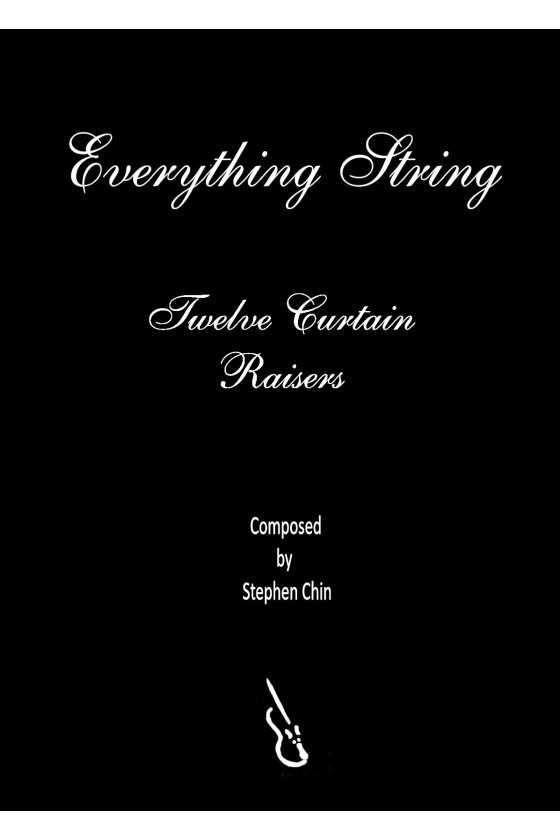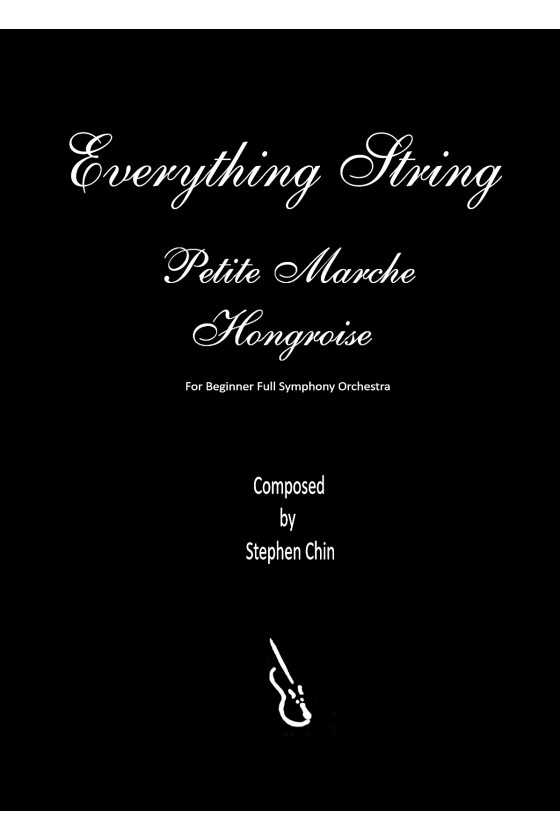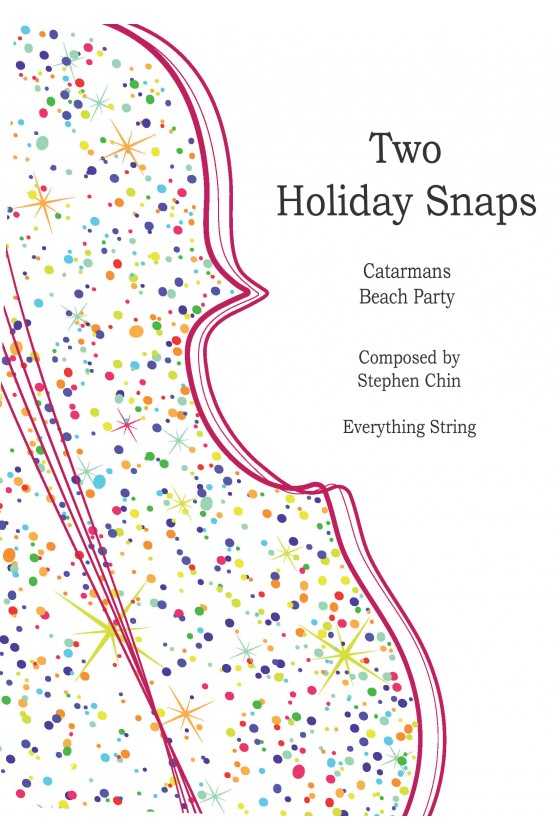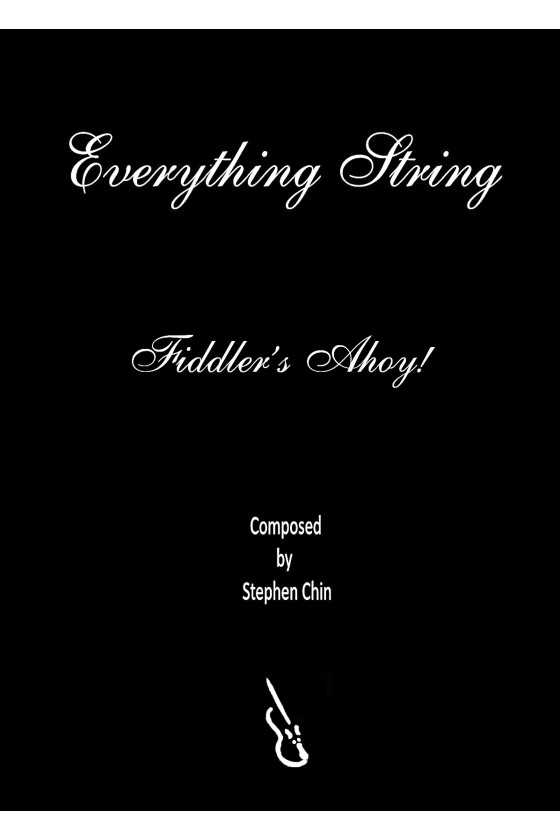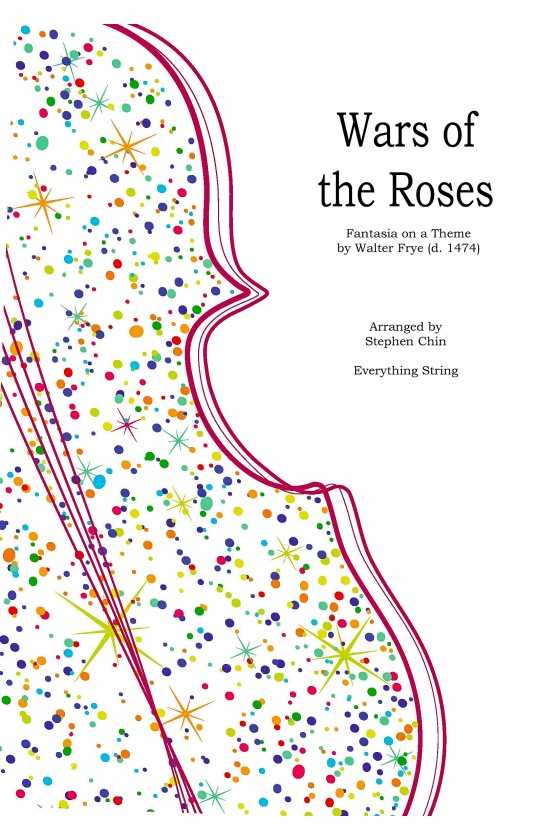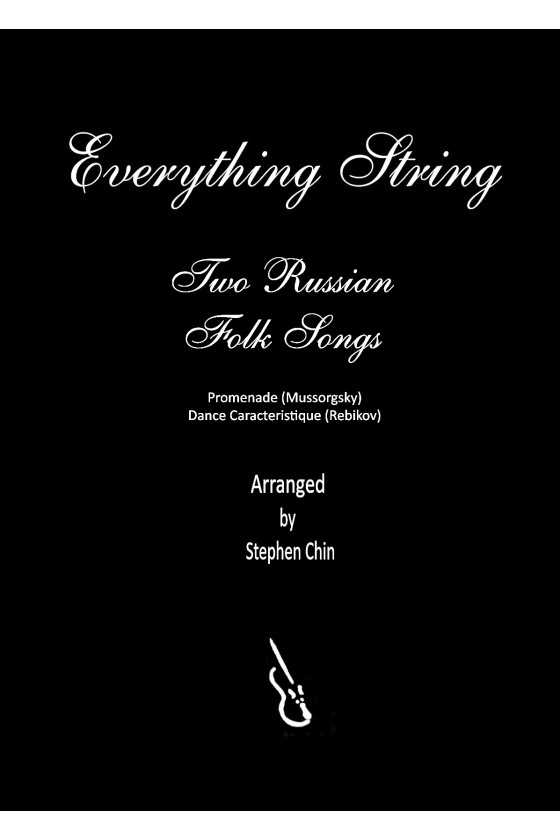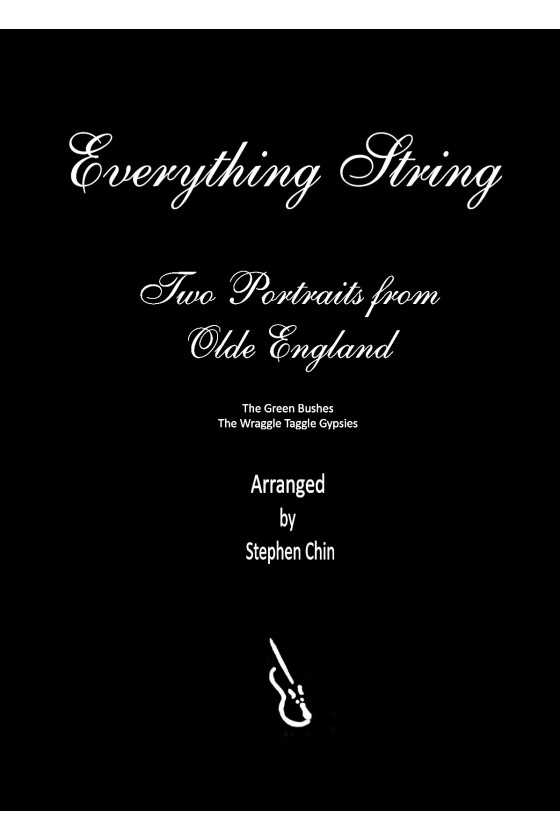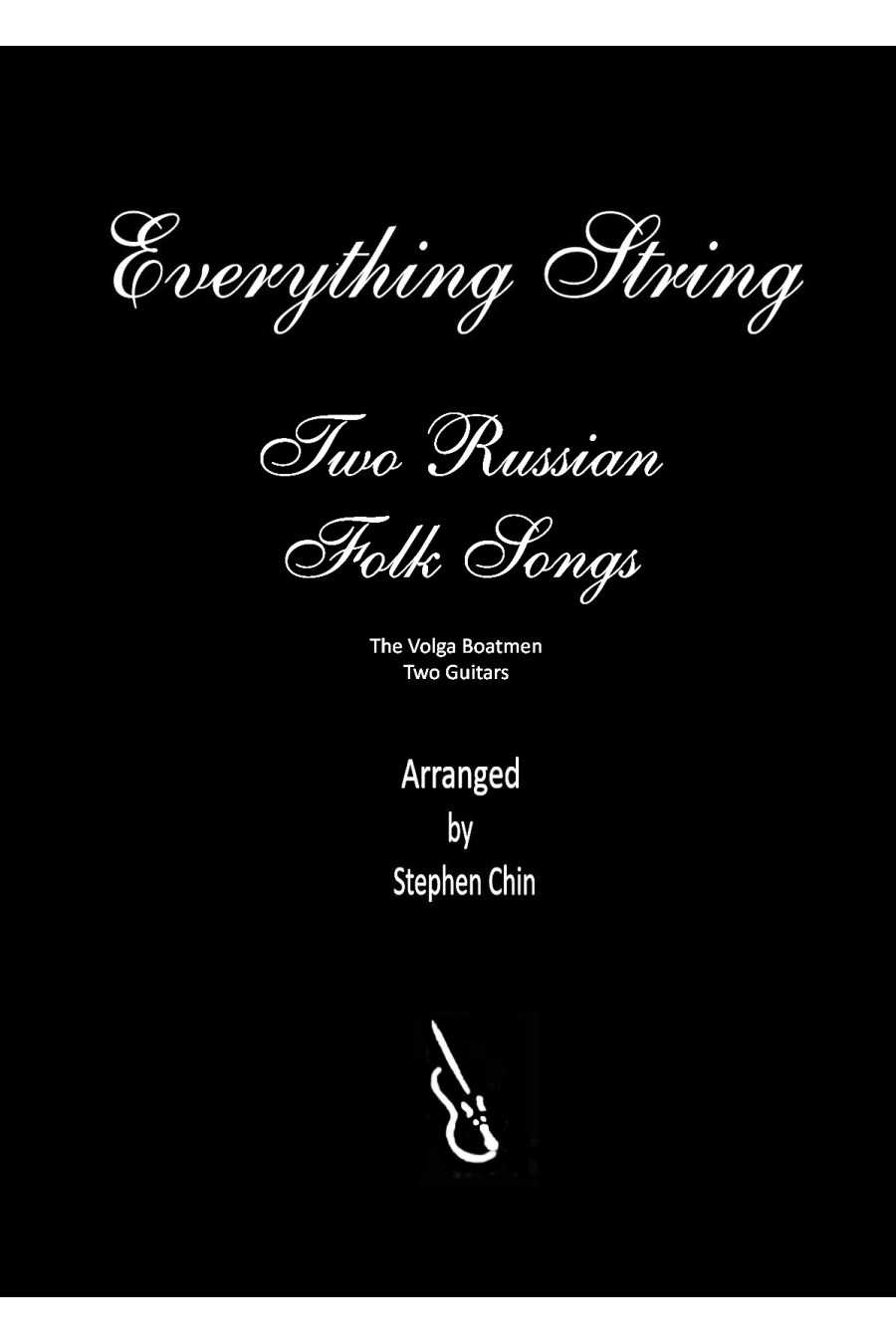
Twelve Curtain Raisers by Stephen Chin
This set of twelve short pieces is for basic orchestras and helps young musicians learn important string techniques. The pieces incorporate hissing, slapping of instruments, foot stomping, and improvisation to make playing in a string ensemble more enjoyable.
1. Pickin' 'n' Peckin'
2. Desert Nights
3. War Zone
4. Bagpipes
5. Attack of the Flying Insects
6. Raindrops
7. A Pirate's Shanty
8. Valse Enchante
9. Silk
10. Hootenanny Hoedown
11. Russian Easter Hymn
12. Surf's Up!
For String Orchestra Grade 1



